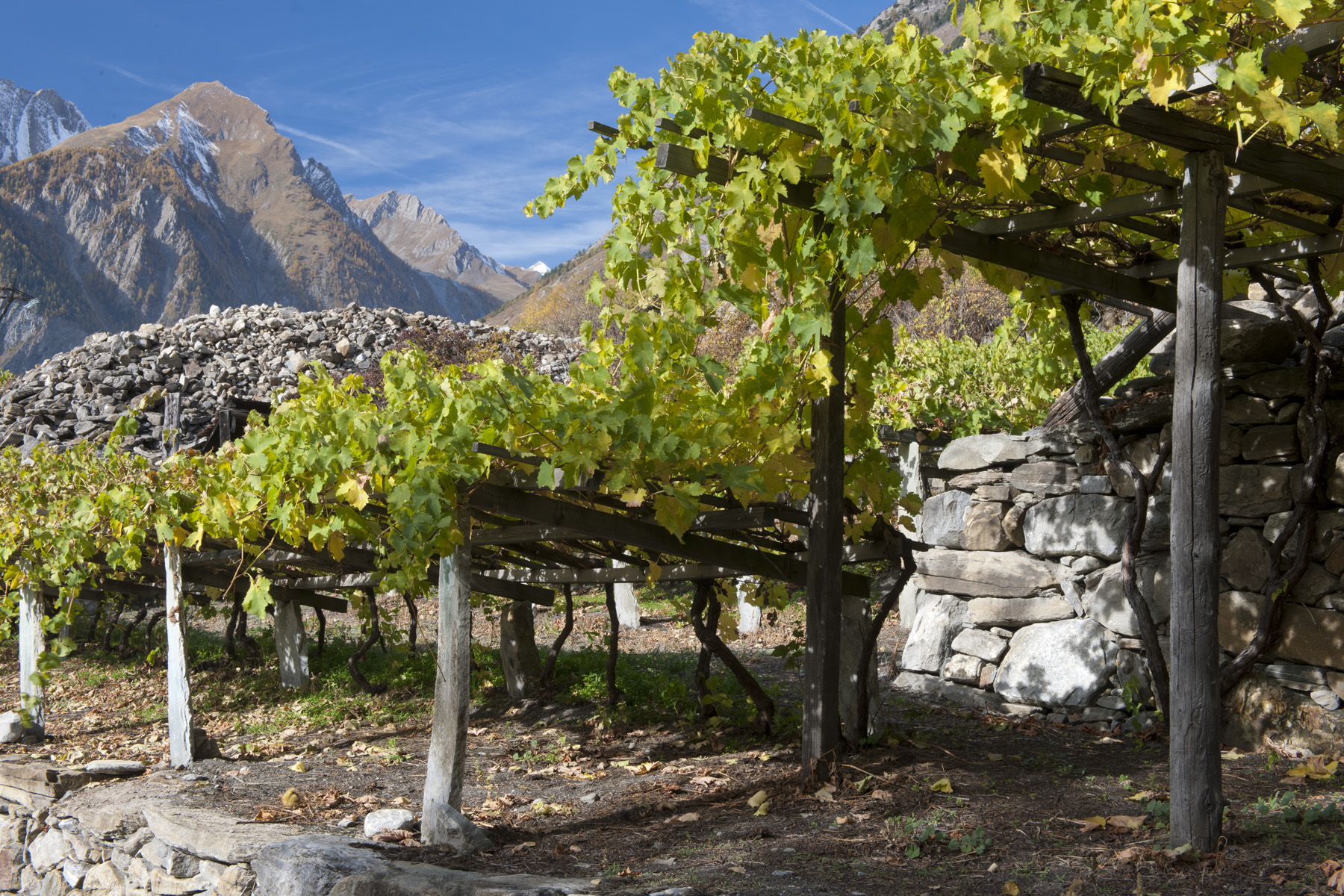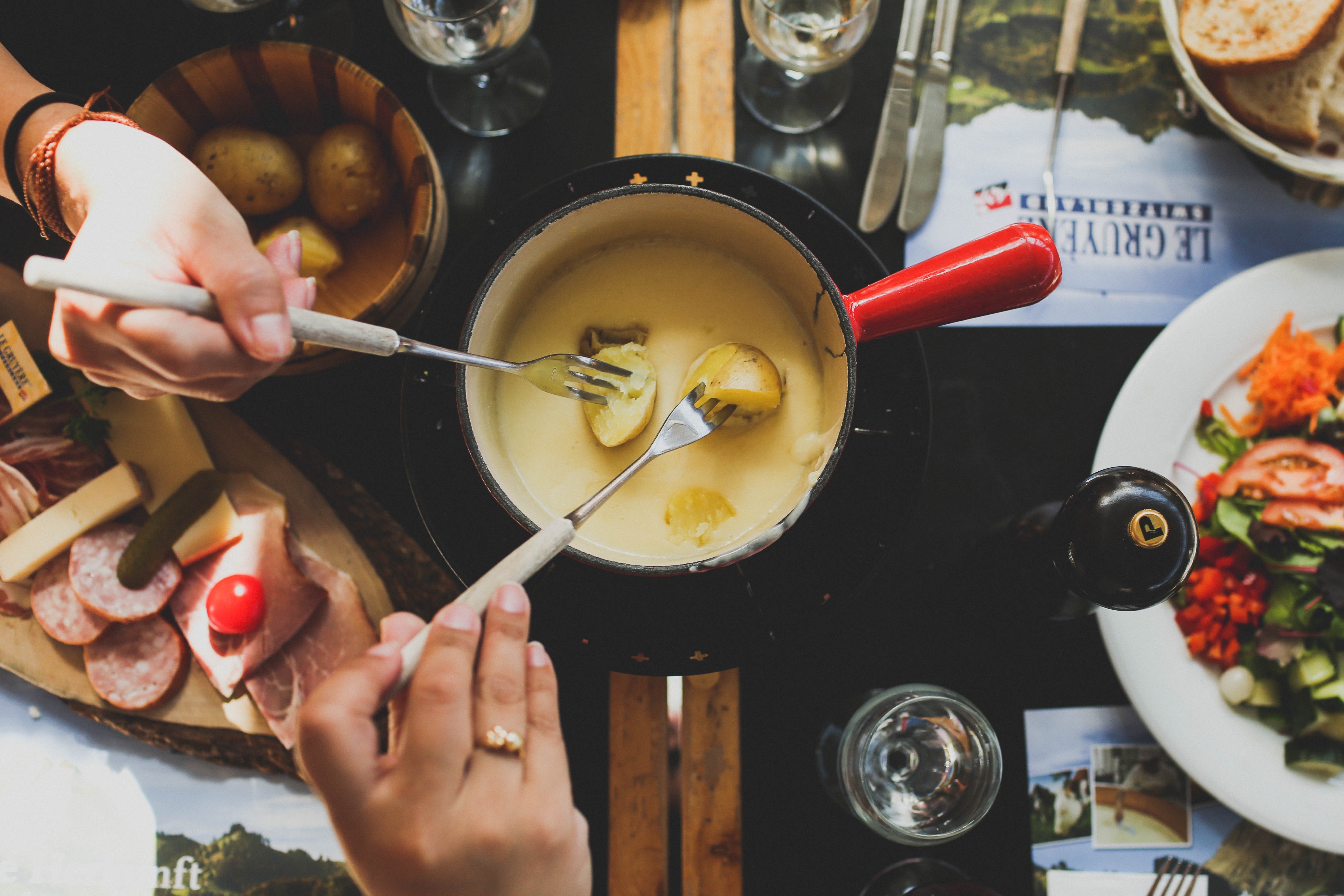Aosta Valley wine region guide. Wine from Valle d'Aosta
The Aosta Valley is Italy's smallest region – a mountain valley roughly 50 miles long and flanked by some of the Alps' tallest peaks: Mont Blanc, Monte Rosa and the Matterhorn. Located within walking distance of the French and Swiss borders, Aosta is clearly
Valle d'Aosta region: Wines from the Roof of Italy
What is Aosta valley known for?
Valle D'aosta with its Prié Blanc grape vineyards. These vineyards are located at an altitude of 1210 meters (12,100 feet), at the foot of the suggestive òandscapes of Mont Blanc.
What is the geography of Valle D Aosta?
Valle d'Aosta or Aosta Valley is in fact a mountainous region in northwestern Italy. It is bordered by Piedmont, as well as France and Switzerland, and it is Italy's smallest region. The Aosta Valley is an Alpine valley that includes the Italian slopes of Mont Blanc, Monte Rosa, Gran Paradiso, and the Matterhorn (called Cervino in Italian); with Mont Blanc being its highest peak (4,810 m)
Main wine-growing areas of Valle d’Aosta
Valle d’Aosta can be virtually divided into three main wine producing areas: Valdigine, which is south of Courmayeur, Central Valley, and Lower Valley.
Valdigne or Upper Valley
Valdigine, also called Upper Valley, lies south of Courmayeur, and it is the upper part of the Aosta Valley. It is crossed by the Dora Baltea, a tributary of the Po. This area is home to some very high vineyards, up to 1200 m above sea level, which makes them one of the highest in Europe.
This area is famous for Prié Blanc, a local white grape variety used for producing still and sparkling wines in Blanc de Morgex et de la Salle appellation.
Central Valley
Central Valley is the most productive one and can be further divided into four sub-zones, which are Enfer d'Arvier, Torrette, Nus and Chambave. Wines from the first two zones are primarily red, made from a local Petit Rouge grape, blended with other locally grown grape varieties, such as Dolcetto, Gamay, Neyret, Pinot noir, and Vien de Nus. Chambave is particularly famous for its Moscato wines, while Nus for its Pinot Gris.
Lower Valley
Lower Valley is well-known for producing red wines made from Nebbiolo grapes, such as in Arnad-Montjovet and Donnas wines. Other red and white wines are also being made.
Valle d’Aosta History
History tells that viticulture was introduced in Aosta by the Romans, even though the presence of vines here dates back to the Bronze Age. Finds from the 1st century AD confirm the presence of wine-related objects, such as amphorae, jugs, and bottles. The region has had some challenging moments in its history, during the spreading of phylloxera, world wars, and industrialization of the area that took the focus off agriculture. However, from the 1950s, the wine industry seems to have had a stable rise, in part thanks to the establishment of the Institut Agricole Régional, and numerous co-operatives.
Valle d’Aosta Appellations
All the wines in Valle d’Aosta are represented by one appellation: Valle d’Aosta / Vallée d’Aoste DOC. This appellation, though, has many sub-appellations, based on either areas or grape varieties.
Morgex - La Salle
It would be almost impossible to grow grapes in these extreme climate conditions without the exceptional local white grape variety called Prié Blanc. It doesn't need a long growing season to ripen fully and produce beautiful and fresh white wines, both in still and sparkling versions.
Enfer d’Arvier and Torrette
Warm soils, excellent exposure, warming effect of the rocks, and generally warmer summers make this area suitable for growing red grape varieties, such as Petit Rouge, Vien de Nus, Pinot Nero, Mayolet, and others. Very similar conditions, plus more gentle slopes, also makeTorrete suitable for quality red wine production. The key grape varieties here are Petit Rouge, Fumin, Syrah, Petit Arvine, Gamaret, but also white grapes, such as Chardonnay, Muller Thurgau.
Chambave and Nus
Chambave is particularly famous for its Moscato wines, while Nus for making excellent Pinot Gris. However, the list does not end here. Wines from local grape varieties, such as Petit rouge, Vien de Nus, Cornalin, and Fumin, and numerous international varieties, both white and red (Syrah, Pinot noir, Gamay, Petite Arvine, Müller Thurgau), are made here.
Arnad-Montjovet
Very steep slopes characterize Arnad-Montjovet. Nebbiolo is the main grape here, even though there is a notable production of Pinot Nero as well, together with Vien de Nus, il Ner d’Ala e il Roussin. White wines are also produced from Chardonnay, Müller Thurgau, Pinot gris e Petite Arvine.
Donnas
Extremely steep slopes make it only possible to cultivate on the terraced vineyards here. Stone pillars often support the vines. They are also useful for slowly releasing the heat at night, mitigating, therefore, the cold night temperatures. Nebbiolo is the main grape variety here, but Freisa, Neyret, and Fumin (reds), together with Pinot Gris and Erbaluce (whites), are also present.
What is the main grape variety from Valle d’Aosta?
The three most important local varieties are Petit Rouge, which is the main ingredient in Chambave, Enfer d’Arvier, and Torrette sub-appellations; Prié Blanc in Blanc de Morgex; and Nebbiolo in Arnad-Montjovet and Donnas.
Petit Rouge
Petit Rouge means "little red" in French. Fruity and spicy, with aromas of redcurrants and rosehips, it is perfect with local cold cuts and cheeses, polenta, and many winter-style soups.
Prié Blanc
Prié Blanc is a white wine that smells of mountain meadows. The first thing you notice when you put it under your nose is the amazing bouquet of fresh herbs and wildflowers, it's taking you to its place of origin straight away. Try it with the local omelet with nettles, or take a glass as a refreshing aperitive.
Nebbiolo
Picotendro is the name of the local biotype of Nebbiolo here, in Aosta Valley. Does it taste the same way as the one from Langhe? No, it’s very different. Fresher, with the notes of aromatic herbs and licorice, sometimes with more mineral notes. A very interesting expression of this famous grape.
Other varieties
Historically, by being at crossroads between northern and southern Europe, Aosta Valley has accumulated a great number of grape varieties: Nebbiolo, Dolcetto, Petit Rouge, Fumin, Vien de Nus, Premetta, Moscato di Chambave, Prie Blanc, Pinot Noir, Pinot Gris, Pinot Blanc, Malvasie, Gamay, Syrah, Arvine, Muller-Thurgau, Grenache, and others.
Where to taste Aosta Valley wines
Grand Hotel Royal e Golf a Courmayeur.
What is Valle D Aosta famous dish?
- Fontina dop
- Prosciutto
- Boudin
- Pane di segale
Which food is perfect match of Aosta Valley wine?
As usual, local cuisine and local wines create fantastic pairings! Here are some of them for you to try:
- La fonduta can be paired either with white wine, like locally produced Pinot Gris, or a light red wine, such as Pinot Nero.
- Bread croutons with Arnad lard paired with Vien de Nus or Torrette,
- Local cold cuts, such as Jambon de Bosses, paired with sparkling or still Prëmetta,
- Aosta Valley cutlet paired with Torrette or local Pinot Nero,
- Carbonada with polenta paired with Enfer d'Arvier;
- Grilled trout paired with Blanc de Morgex et de La Salle or Petit Arvine
- Local cookies Tegole pair amazingly well with Chambave Muscat.
Aosta Valley today - wine
This is the area producing some truly unique wines from local grape varieties. If you are curious about less-known grapes or just bored of tasting the same wines over again, this is undoubtedly a region for you to discover. Valle d'Aosta is also a perfect example of what we call "heroic viticulture". Extreme climate conditions and very steep slopes make it really difficult to grow grapes here. What you are tasting in your glass is a fruit of an enormous effort and sincere passion of the winemaker coming from a unique terroir.
Aosta Valley FAQs - wine
How do you say Aosta Valley ?
ay- ow -stuh va lee












